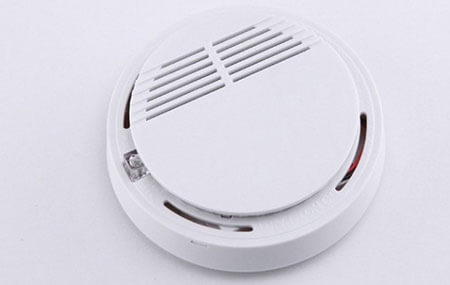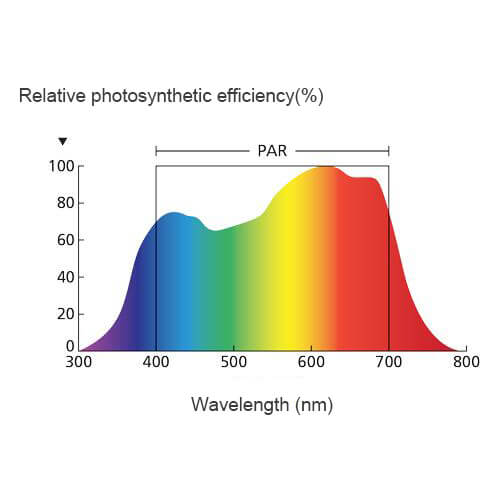The smoke alarm can accurately sense the smoke generated by the fire in the initial stage of the fire, and quickly alarm people.

Smoke alarm classification
Classification by principle
Ion smoke detector

The working principle of the ionic smoke alarm is that the radioactive source in the ionization chamber is Am241 and the positive and negative ions produced by ionization move towards the positive and negative electrodes under the action of an electric field. Under normal circumstances, the current and voltage of the inner and outer ionization chambers are stable, but when a fire occurs, smoke enters the outer ionization chamber and interferes with the normal operation of charged ions, which will change the current and voltage and destroy the inner and outer ionization. For the balance between the chambers, when the voltage increase at both ends of the ionization chamber reaches a certain value, the detector will induce this, and the switch circuit action will transmit the alarm information.
photoelectric smoke detector

There is an optical labyrinth in the photoelectric smoke alarm, which is equipped with an infrared pair tube. When there is no smoke, the infrared receiving tube cannot receive the infrared light emitted by the infrared emitting tube. When the smoke enters the optical labyrinth, the receiving tube receives infrared light through refraction and reflection. Light, the intelligent alarm circuit judges whether the threshold is exceeded, and if it exceeds, an alarm is issued.
It is developed by using the basic property that smoke generated during a fire can change the propagation characteristics of light. According to the absorption and scattering of light by smoke. Photoelectric smoke detectors are divided into shading types and astigmatism type.
Classification by transmission method
Most of the wired smoke detectors are networked and require an external power supply, but they can be linked to other systems. Relay output, such as water spray, can be linked to deal with an accident immediately.
The wireless smoke detector is a stand-alone type, which is mainly powered by batteries. Compared with wired, it is more convenient to install. There is no need to find an additional power socket, but the battery needs to be replaced regularly. At present, some smart smoke detectors have added a WIFI module, even if they are independent, they can upload monitoring data and alarm when the limit is exceeded.
There are currently 4 different types of smoke detectors on the market:
1. Independent smoke alarm: no wiring required, battery power supply.
2. Bus smoke alarm
3. Multi-line smoke alarm (traditional smoke alarm)
4. Relay smoke alarm (relay signal output)
Generally, smoke alarms on the market are mostly designed with photoelectric smoke sensing principles. Fire prevention is achieved by monitoring the concentration of smoke, with built-in smoke sensors and photoelectric smoke devices. Smoke moves upwards. When it rises to the bottom of the ceiling and enters the inside of the alarm, the smoke particles will scatter part of the light beam to the photosensitive element. The denser the smoke, the more light is scattered on the photosensitive element. When the light beam scattered on the sensor reaches a certain level, the buzzer will sound an alarm. At the same time, the sensor converts the light signal into an electric signal and transmits it to the automatic fire alarm system to prompt a fire.
The smoke detector is not only an important part of the automatic fire alarm system but also an important guarantee in people’s work and life. It can detect the fire in time and emit a strong sound to remind the on-site personnel to quickly call the police and evacuate quickly, minimizing casualties and economic loss.











